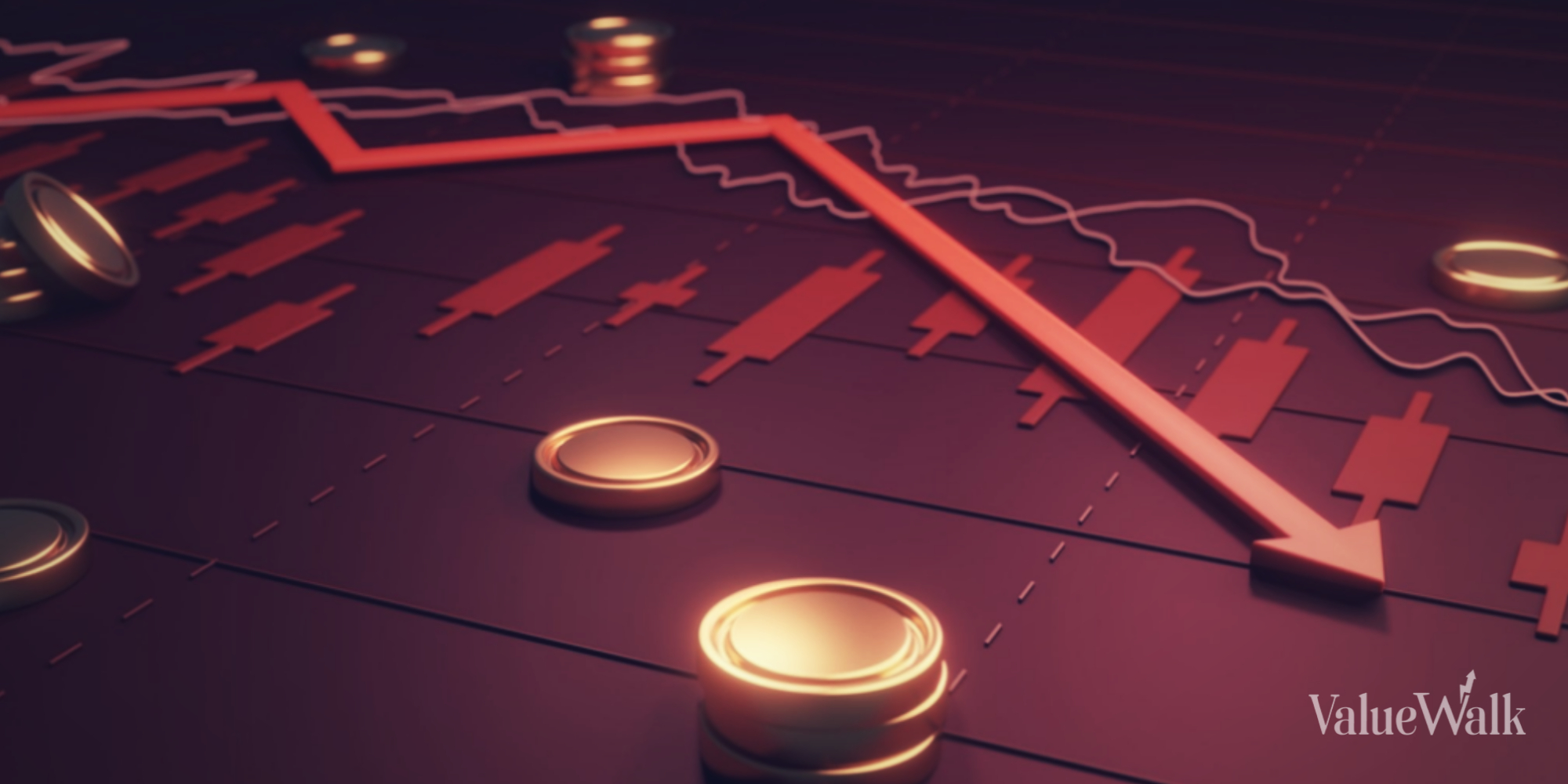The median late-stage VC valuation has more than doubled in size since 2009, while Series D+ round valuations hit a median of $250 million during 1H 2017. What’s driving this uninterrupted surge?
Also read:
- US Equity Market Correction? Prepare, Don’t Panic
- The Fog Of Markets
- Today’s Market Is Not Yet At Dot-Com Bubble Levels
Our 1H 2017 VC Valuations Report analyzes data from all stages of the venture lifecycle in order to explore the key drivers. Some highlights:
- Valuations have continued to rise as companies enter each stage later in their business cycles
- Despite nontraditionals' pullback, record dry powder and fundraising has kept late-stage round sizes and values high
- Participation rates are falling at all stages
Valuations not showing signs of decline
Key Takeaways
- Companies are entering each stage further into their lifecycle as investors look for more developed business to invest in; consequently contributing to higher valuations.
- Despite the significant pullback by nontraditional investors, the record venture fundraising coupled with high dry powder levels has ensured plenty of capital is available for late-stage companies, which has caused exits to be pushed out and valuations rising.
- Participation rates are falling at all stages, keeping VC more founderfriendly, at least at the early stage. Late-stage investors, particularly those in unicorn rounds, have looked to mitigate risk through other means such as ratchets or higher liquidation preferences.
VC valuations are still rising, with every stage currently seeing decadehigh medians. While unsurprising, the continued growth over the past year-plus comes contrary to the unrest over high valuations in 2015 and early 2016. With figures growing higher, it is clear that the discourse over valuations then was prompted by lofty price tags bestowed on companies deemed unworthy by many. As a result, we’ve seen companies enter each stage later in their lifecycle, a shift assisted by increasing capital efficiency at each stage, and higher round sizes that can sustain robust growth.
We hope this report is useful in your practice. As always, feel free to send any questions or comments to [email protected].
KYLE STANFORD
Analyst
Valuations continue to climb
Overview
As venture activity ramped up through 2014 and into 2015, valuations soared relative to where they were immediately following the financial crisis. From 2009 to 2015, the median late-stage pre-money valuation more than doubled to almost $64 million, and early-stage and seed valuations have grown nearly each year during that time. Several factors combined to create this—one being simply the industry’s regrowth after the financial crisis—but the heavy fundraising by VCs and heightened investment by nontraditional investors has contributed to an unprecedented growth in cap table valuations. While hedge funds and mutual funds have pulled back their activity over the past two years, VCs have raised more capital over the past four years than in any similar period ($129.4 billion). It was thought that valuations might come down as activity declined from the back half of 2015 to this year, but that hasn’t been the case as capital continues to be available across all stages at record levels.
The median late-stage pre-money valuation reached $65 million during 1H, the highest figure we have tracked, while early-stage and seed valuations have each reached high-water marks of their own. One time unicorn Jawbone is selling off its assets, highlighting the precariousness of holding a position in VC-backed companies too long, as well as showing that a large valuation doesn’t mean a company is infallible. The continued valuation increases are situations of many inputs. For one, companies are coming into each stage older. We’ve noticed a trend of companies able to either bootstrap or sustain themselves for longer before raising followon funding. This result in a set of older and more developed companies raising capital, which in turn typically comes attached with a higher valuation. The median pre-money valuation for first-time financing rounds has crossed $7 million for the first time ever in 2017, with the mark sitting almost $3 million higher than in 2010. During that time, the median age of companies raising seed capital has grown close to 50% from just under 1.6 years to 2.4 years.
As we’ve noticed the median age of companies raising VC increase, round sizes have continued to grow accordingly. Further, the time between financings has also risen to nearly 1.5 years across all stages as a result of these larger round sizes. This trend, however, does come with positive effects as startups are able to grow at a more sustainable pace, taking a balanced approach to growing their platform and maneuvering their product toward monetization.
Last, as we examine the landscape around valuations, we don’t view the current slow exit market to be an item that will impact valuations. While the recent group of disappointing VC-backed IPOs could be concerning, the fact is that these companies have seen tremendous valuation growth since their first rounds of institutional funding. Further, despite the quantity of exits we’ve seen come to market at a discount to their last round of private funding, 2017 is pacing to see that trend come in precipitously lower relative to what we experienced in 2016.
Seed valuations slowly grow
Seed valuations and trends
Angel and seed rounds have continued to come in at higher valuations so far in 2017. With deal volume in the stage leveling off after the decline we saw through 2015 and 2016, the seed space found itself on more solid ground during the first half of 2017. Amid this normalization, we find that investors at this stage are beginning to be more discerning by limiting investments to the highest-performing and most developed businesses.
We saw the median age of seed stage companies trend older, supporting the theory that moremature businesses raised capital during 1H 2017. This development correlates strongly with larger deal sizes, especially as some firms raise multiple angel or seed rounds. Percentage growth in deal sizes has slowed as the broader seed stage stabilizes, but we still recorded an increase for the sixth straight year.
Looking at individual sectors, angel and seed rounds across the commercial services sector experienced an approximately 40% valuation jump over 2016, the largest sector increase. However, much of the continued valuation growth can be attributed to outsized deals in the software and biotech sectors during 2017, including the $11.5 million seed financing secured by Biomeme, a technology platform for advanced DNA diagnostics.
Early-stage leveling off
Early-stage valuations and trends
Even through the deluge of companies seeking early VC funding since 2014, early-stage deal volume has remained relatively unchanged through the first half of 2017. With a plethora of attractive potential investments, early stage investors have been able to exercise more selectivity in the deal process. That said, the best assets also come with higher price tags, doubling median earlystage valuations since the financial crisis. However, there hasn’t been unchecked increases across the board. Total median valuations in the early-stage were dragged down by 19% and 16% drops in the Healthcare Devices & Supplies and Commercial Services sectors, respectively.
Median deal sizes have continued to be underpinned simply by more developed businesses raising capital at the early-stage. To that point, we’ve witnessed the median age of companies raising Series A or B rounds remain relatively flat compared to the elevated levels we saw in 2016. Although, as investors have paid more, we found they were also able to acquire a larger share of the businesses in 1H17. The median percentage acquired moved higher for the first time in 4 years, inching to 26.5% from 25% in 2016.
Read the full article here by PitchBook







